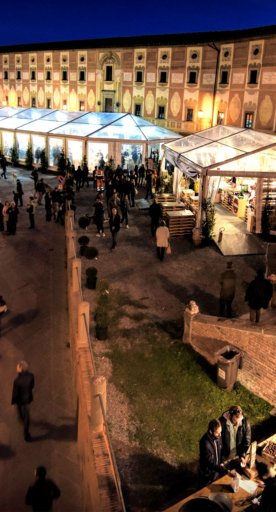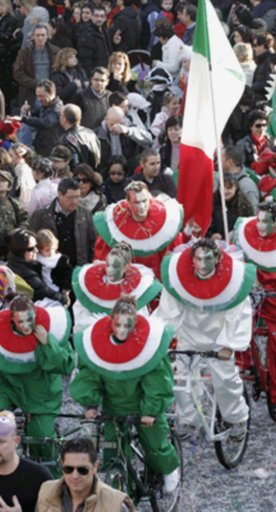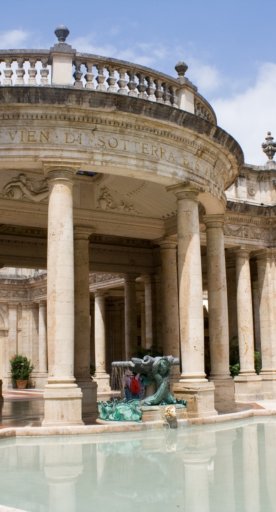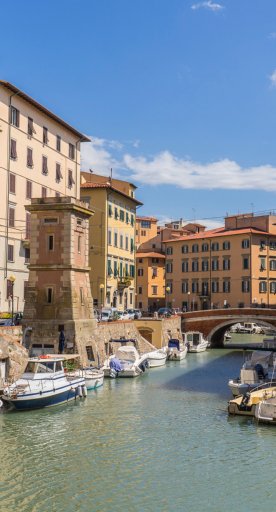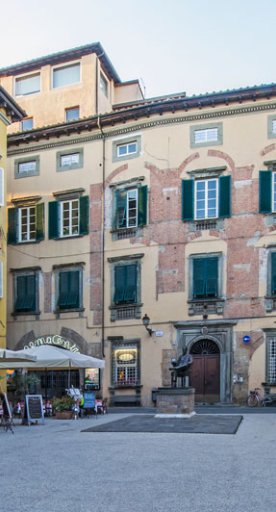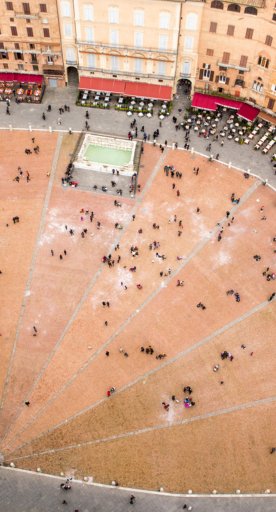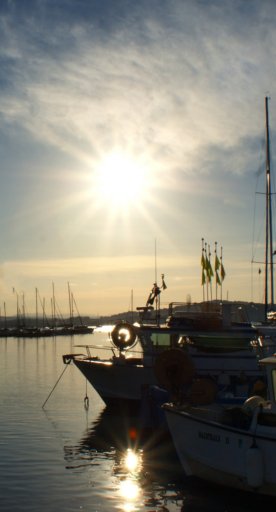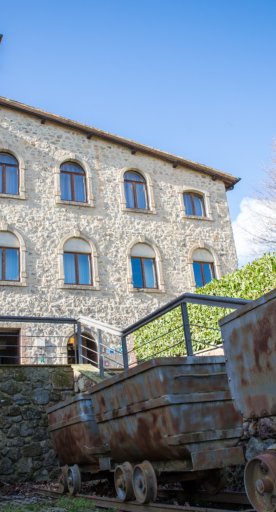
The churches of Monteverdi Marittimo – and a crucifix you can’t see
Keeping the faith in this cultural hinterland
As pretty as a picture, Monteverdi Marittimo is one of those Tuscan towns that you can easily fall in love with. Green and hilly with the sea to the west and Volterra to the northeast, this land has a history that dates back millennia.
-
1.The Monastery of San Pietro: the town’s birthplace
-
2.The Church of Sant’Andrea: somber and striking
-
3.Chapel of Santissimo Sacramento: a crucifix you can’t see
The Monastery of San Pietro: the town’s birthplace

Hop on a hired mountain bike and prepare to pedal your way from one sight to another! Work your way outward from the center to where Monteverdi Marittimo all began: the Abbey of San Pietro, a Benedictine monastery in Palazzuolo, and one of the standout monuments of the Cecina Valley. It’s easy to reach by bike or by hike on a 12km trail that takes you directly there from central Monteverdi Marittimo.
Founded in 754, the abbey was originally erected on the site of a Roman villa and a temple dedicated to Bellona, the Roman goddess of war.
In 1179, it was moved to its present-day location of Poggio Badia, in 1298 it became part of the Vallombrosa order and in 1561 it was forsaken when the monks were forced to move to Monteverdi castle.
Now in ruins, the interior featured one large nave that ended in a single apse. The facade and roof have long since fallen into a state of abandonment, but parts of the left flank and transept can still be seen today.
Note: if you’re not quite up for a biking or hiking adventure, Palazzolo is a 10-minute drive southeast of Monteverdi Marittimo’s center.
The Church of Sant’Andrea: somber and striking
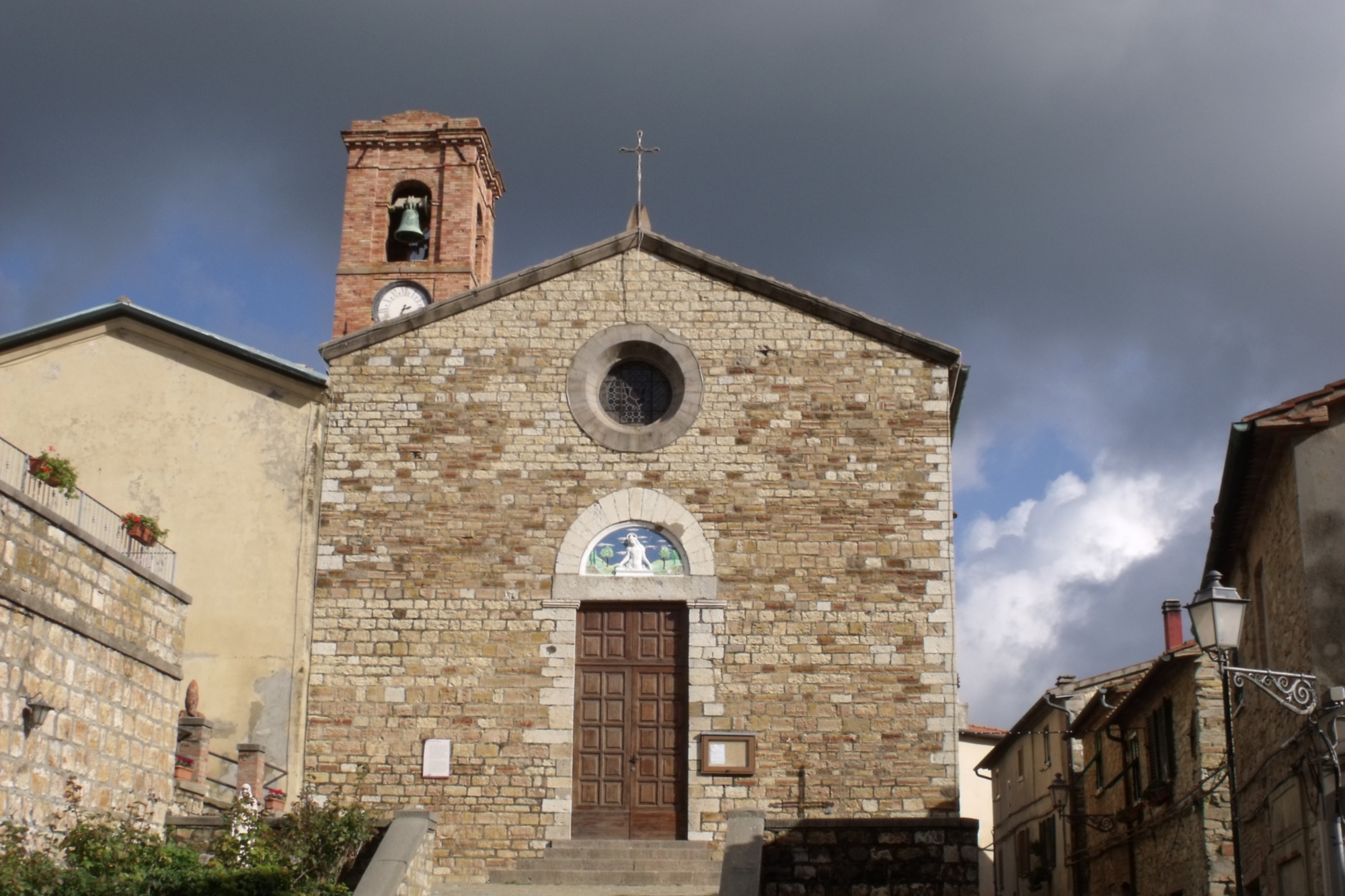
Next up is the 13th-century church of Sant’Andrea, but let’s not get ahead of ourselves: the route there is just as noteworthy as the destination! Pull on your walking boots (the safer option for these steep, pedestrian-only streets): affectionately known as “rughe” (“wrinkles” in English), they make an easy path to the central churches. You’ll see where they get their nickname: each is like a unique engraving on the landscape. If taken collectively or viewed from above, they create a creasing effect—just call them the local “love lines!” Each footpath is steep and forms part of an elaborate system of steps, mini-piazzas and terraces, rendering these “wrinkles” postcard-perfect.
Things get a little more somber when you reach the church: its stone façade, preceded by a large staircase, gives way to a stark symmetry. It also vaunts a triangular tympanum emphasized by a Della Robbia-style double-lancet window, colourful ceramics and a large circular window through which light shines into the sacred space. A stone stack doubles up as a baptismal font.
Chapel of Santissimo Sacramento: a crucifix you can’t see
Right next door is the Chapel of Santissimo Sacramento. Built in 1751 next to the old parish church, it housed the body of San Walfredo until the relics were removed in 1909 and replaced by an altar in his honour. In the chapel stands the “Black Christ”, a wooden crucifix dating to the 14th or 15th century. Fun fact: the crucifix stays covered all year round, only to see the light of day every three years when it is paraded during the Triennial Festival in the first half of September!












